This beautiful Asian country is at the top of many travelers’ bucket lists. With these fun facts about Japan’s culture, history and daily life, you’ll be all the more prepared the next time you go.
From the bustling metropolis of Tokyo to the historic streets of Kyoto, learn more about the country’s famous transportation (and not just bullet trains), cleanliness (how you can play your part) and etiquette tips with these fascinating facts.
Fun facts about Japan
Gift giving and omiyage
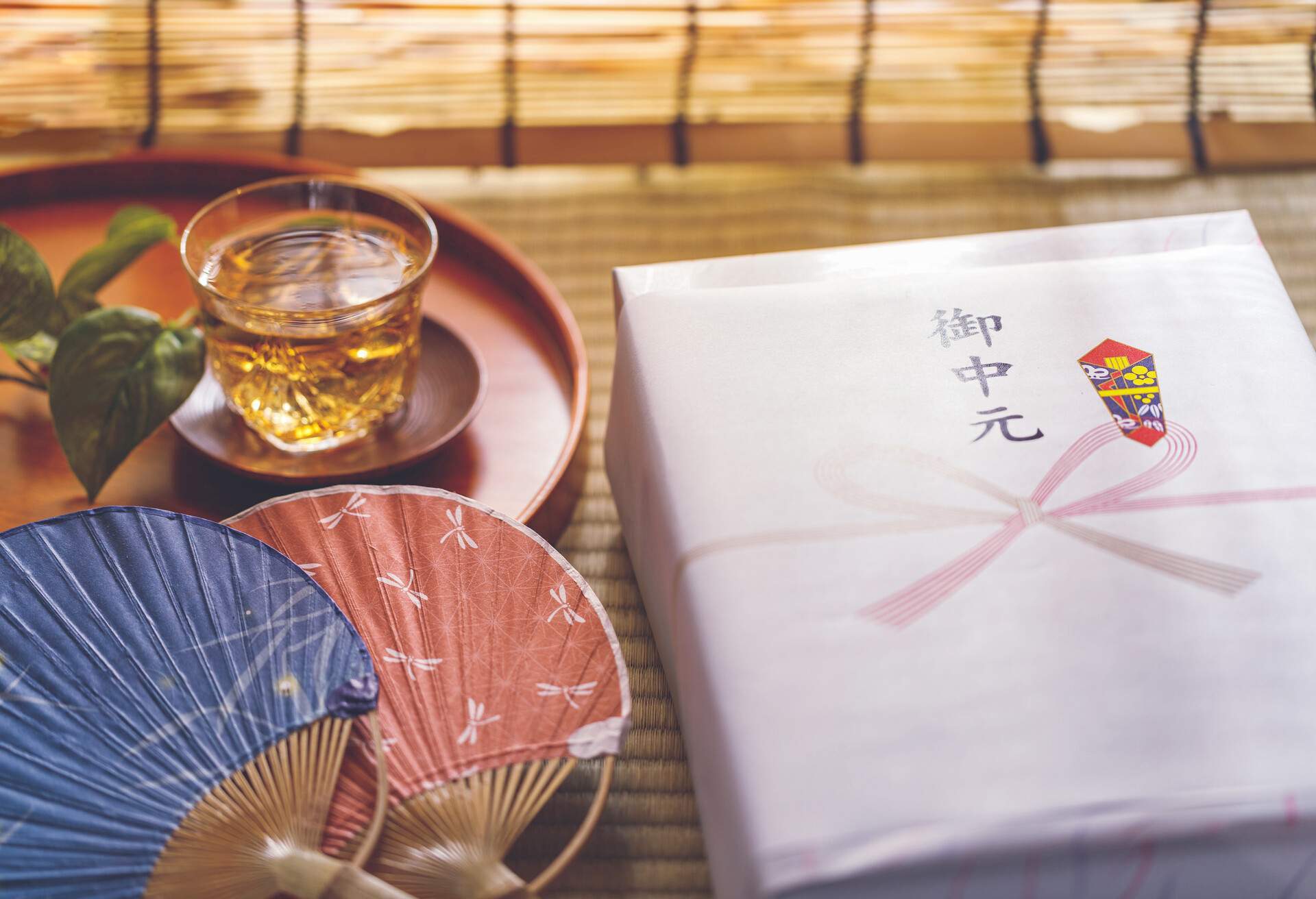
Japan has two main gifting holidays each year: Oseibo and Ochugen. Ochugen occurs in summer and Oseibo in December. At these times, people give gifts to anyone they feel indebted to or grateful towards, which could be friends, family members, doctors, or anybody else.
Another common gift-giving practice is ‘omiyage’, which translates to ‘souvenir’. It refers explicitly to souvenirs you bring as gifts for friends and family (if you’re going to be staying with a host family when you visit Japan, it’s a good idea to bring a gift that’s connected to the place you’re coming from). In Japan, you’ll find plenty of omiyage shops where you can find beautifully wrapped gifts, most commonly consisting of edible goods, for you to bring back home.
Experience traditional hospitality at a ryokan
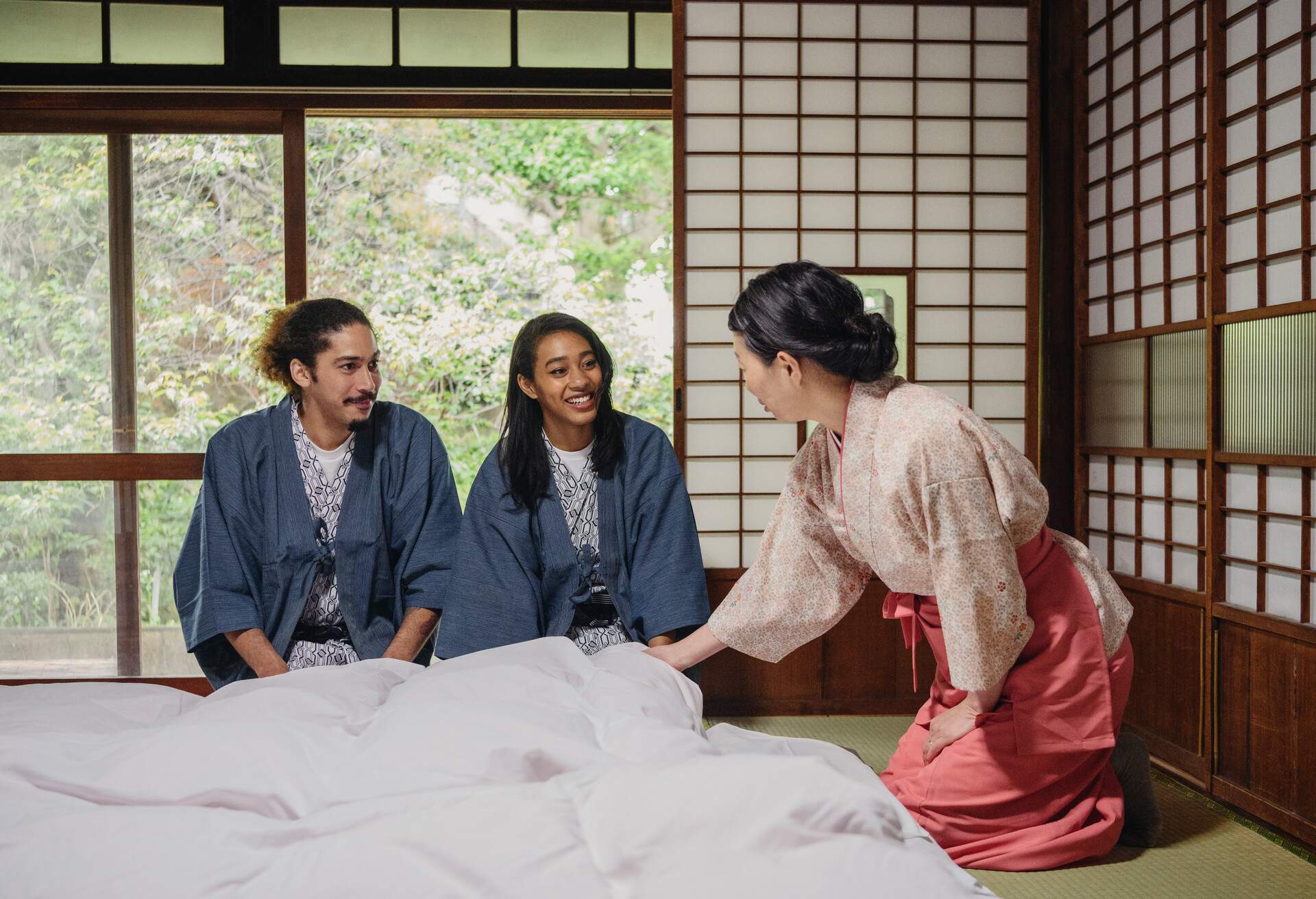
You’ll have many different accommodation options when you visit Japan, from tiny, budget-friendly capsule hotels to luxurious high-rise hotel rooms. Still, one of the best ways to experience Japanese culture first-hand is to stay at a ryokan.
Ryokan is a traditional Japanese inn you’ll find throughout the country that emphasizes traditional hospitality and etiquette. Guests are given yukata (a type of light kimono) and served kaiseki ryori (traditional multi-course haute cuisine) with other guests and rooms with tatami mats and futon beds. One of the best things about Japan’s ryokans is that they often also have a private onsen (a hot spring bath) where you can relax.
Slurp your noodles

In many places around the world, etiquette emphasizes the importance of eating quietly. In Japan, slurping your noodles is not only considered polite; it’s a scientifically backed way of enhancing flavor.
Slurping appears to improve the flavor of noodles, possibly by increasing your retro-nasal smell. One 2017 study of 207 participants showed that people reported more intense flavor when soup was slurped rather than sipped. You can comfortably slurp away in Japan, where loud slurping shows how much you’re enjoying your meal and is a way of paying your compliments to the chef.
You won’t see rubbish on the streets… or bins
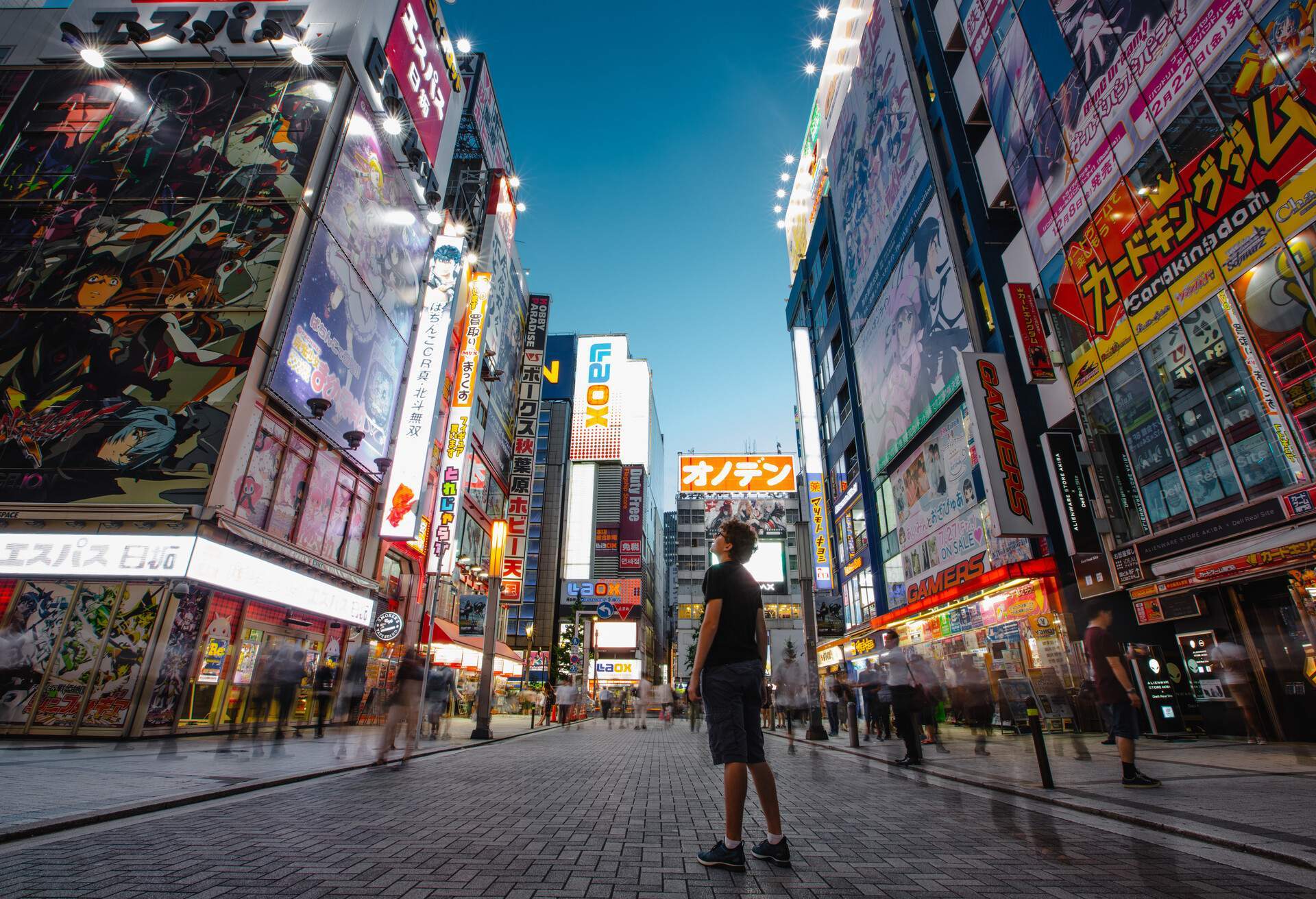
Japan’s streets are kept very clean. In fact, not only will you find little rubbish lying on the street, but you also won’t find rubbish bins. Instead, you’ll often need to keep your rubbish on hand until you get back to your hotel.
Convenience stores will almost always provide a small bag when you make a purchase, which makes it easier to keep any waste collected and the rest of your belongings clean. If you’re desperate for a rubbish bin, your best bets are to check train stations, public parks and restrooms. Some vending machines will also have small bins next to them.
Fun facts about Japan’s geography
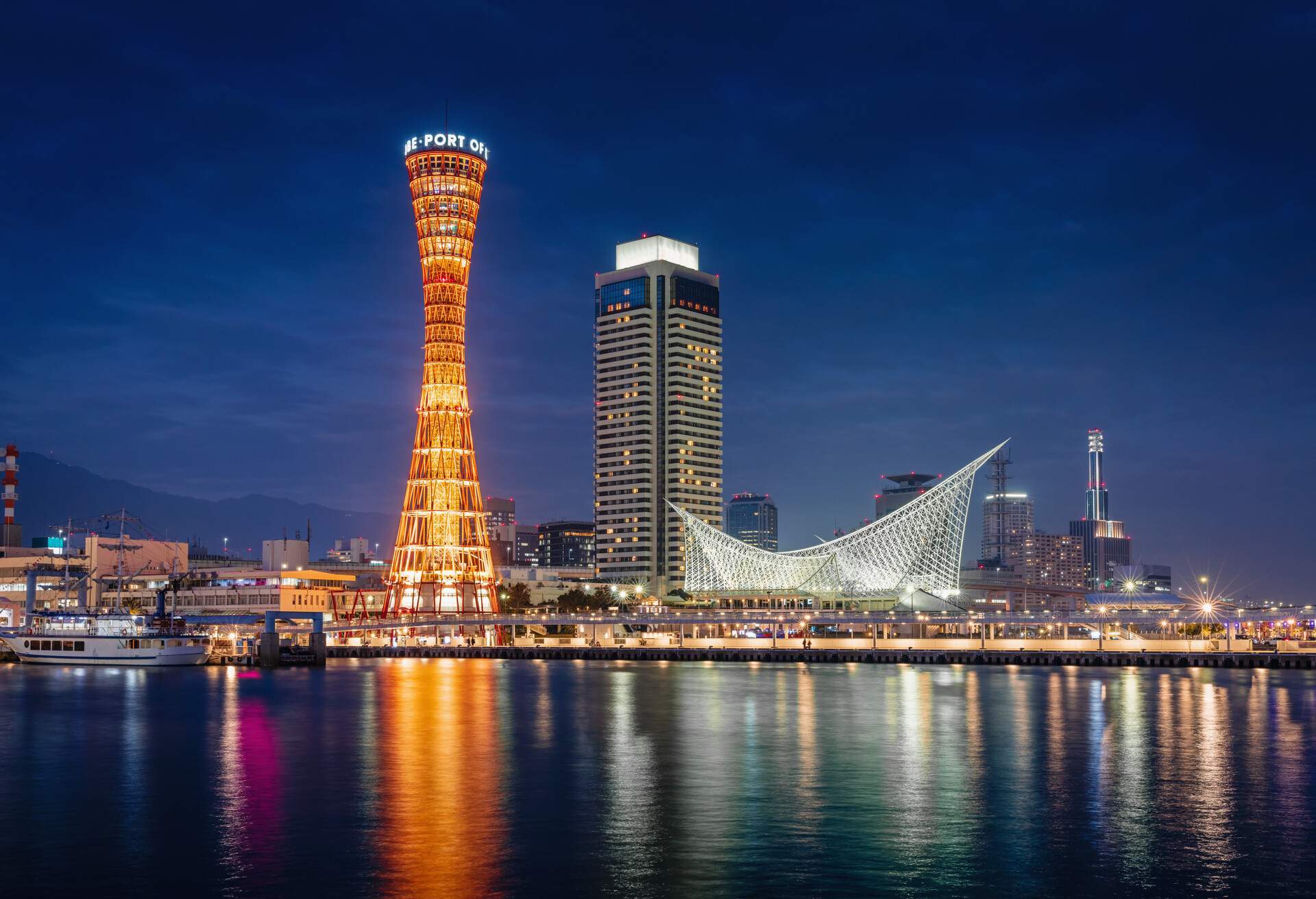
Japan sits across three tectonic plates known as the “Pacific Ring of Fire”, and the country accounts for about 20% of earthquakes in the world. Due to experiencing such frequent earthquakes, Japan’s buildings are carefully constructed to withstand the tremors.
High-rises in Japan can withstand minor earthquakes without any need for repair and major earthquakes without risking the lives of the people in the buildings. They achieve this stability through shock absorbents in the buildings’ bases and careful consideration of the layout, among other techniques.
Seals over signatures
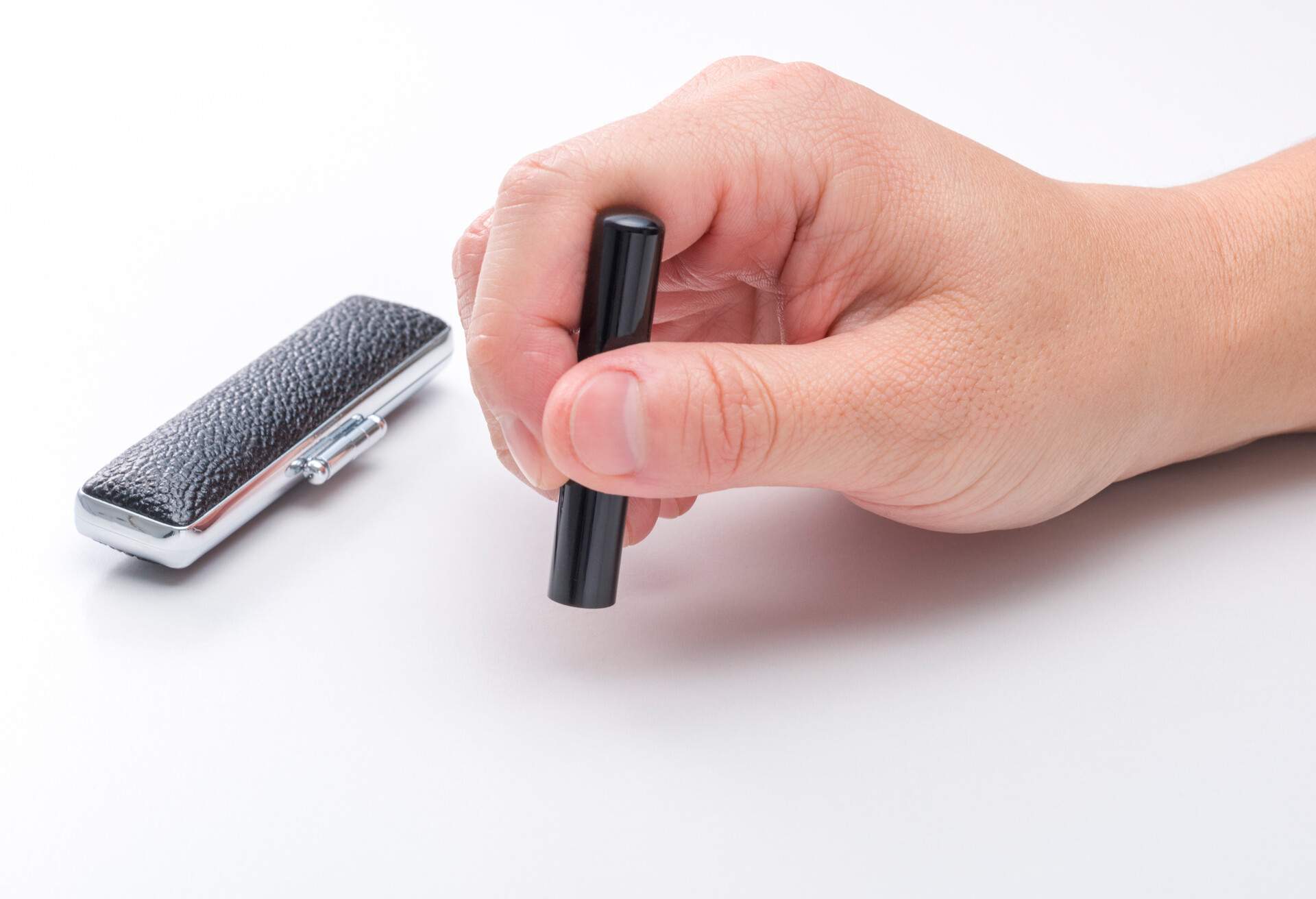
When authorizing legal documents, residents in Japan use a unique seal, known as a ‘hanko’, with their name translated into Kanji, in place of a signature. People store hanko seals in a small case equipped with a small amount of ink for stamping. You can have up to three different hankos, an everyday seal, a bank seal, and an official identification seal. However, electronic signatures are becoming more widely used, especially in government or business-to-business transactions and procedures.
Fun facts about Japan’s history
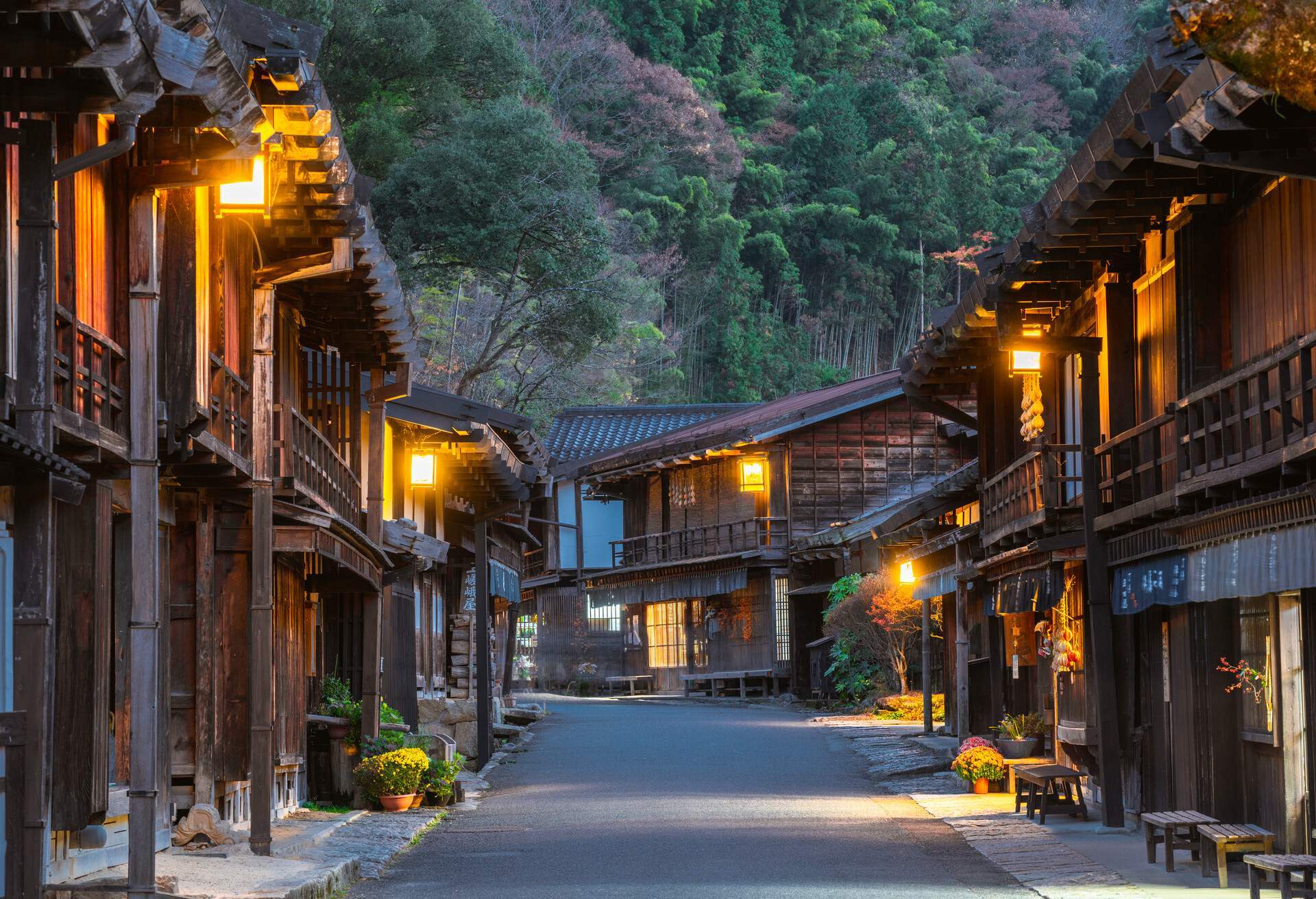
Japan’s recorded history dates back thousands of years, and the country is full of fascinating tales and remarkable achievements. These interesting facts about Japan and its history will make you want to dig even deeper into the country’s past.
Japan was once home to the 4th largest city in the world
In the middle of the 13th century, Kamakura was the 4th largest city in the world and was also considered Japan’s de facto capital. After the Minamoto family defeated the Taira clan and gained control of the country in the late 12th century, Minamoto Yoritomo chose Kamakura as their political center.
Today, Kamakura’s proximity to Tokyo makes it a very popular day trip destination with visitors flocking to see the Great Buddha of Kamakura, a bronze statue 37 feet tall. It was originally made in 1252 inside a large temple, but multiple natural disasters, including typhoons and tsunamis, destroyed the temple, leaving only the statue out in the open.
Kyoto is home to thousands of torii gates
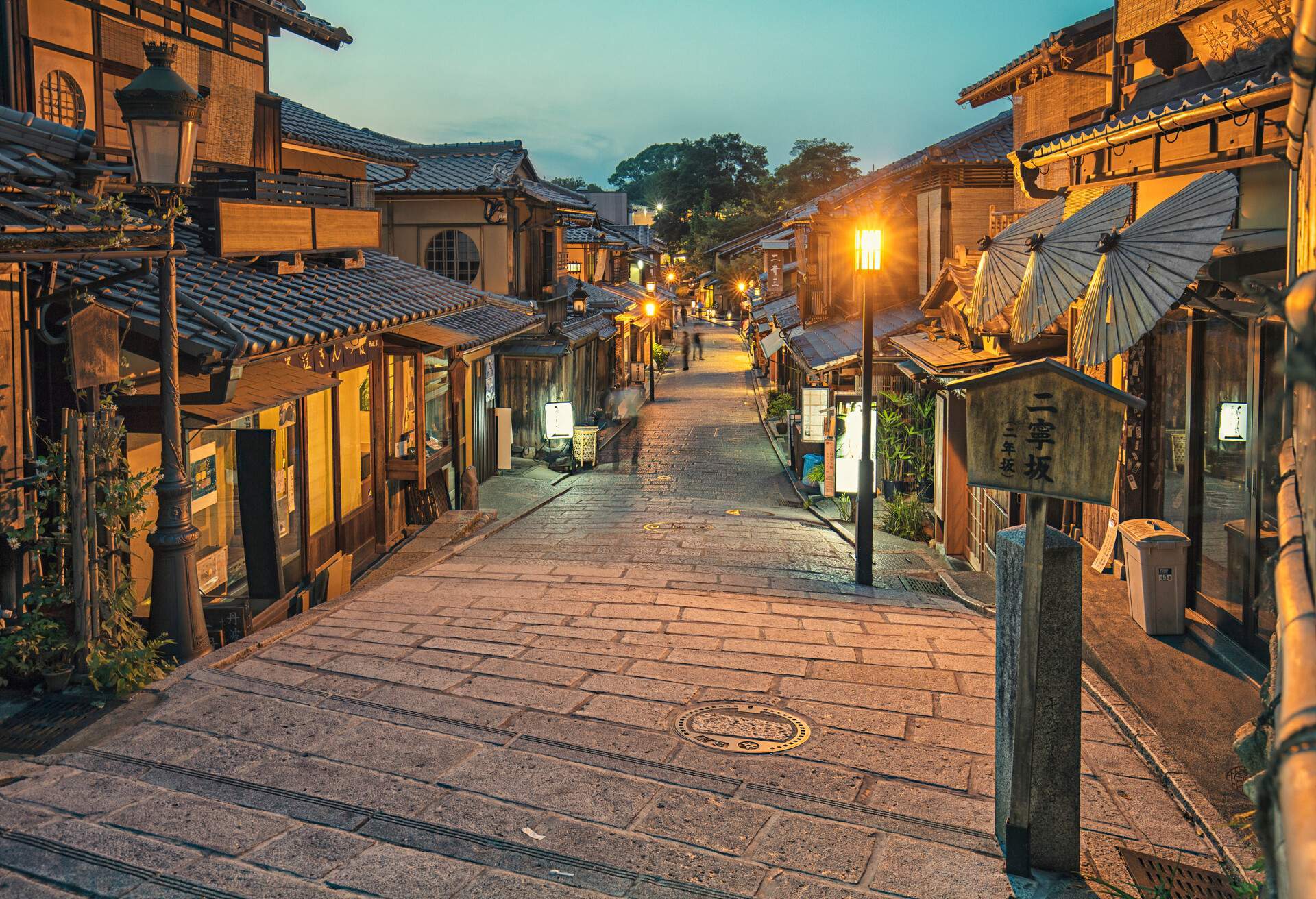
Another previous capital of Japan (between 794 and 1868), Kyoto retains many of its historical buildings and is a popular place for tourists who want a glimpse into Japan’s past. The Kamigamo Shrine on the banks of the Kamo River is over 1,300 years old, but its most famous shrine is probably the Fushimi Inari Shrine, well known for its torii gates. The main shrine dates back to 1499 (though the earliest structures date back as far as 711), and its thousands of torii gates come from the custom of donating gates that began during the Edo Period (1603 – 1868).
The world’s first novel was written in Japan
The Tale of Genji, written at the beginning of the 11th century, is considered the world’s first novel. Murasaki Shikibu, a lady-in-waiting in the Japanese Court penned the fictional tale. In it, Genji, the handsome son of a Japanese emperor, recounts his romantic endeavors and navigation through Japan’s 11th-century aristocratic society. It was first translated into English in the 1920s, with several translations since that generally stick much closer to the original work.
Fun facts about Japan’s transportation
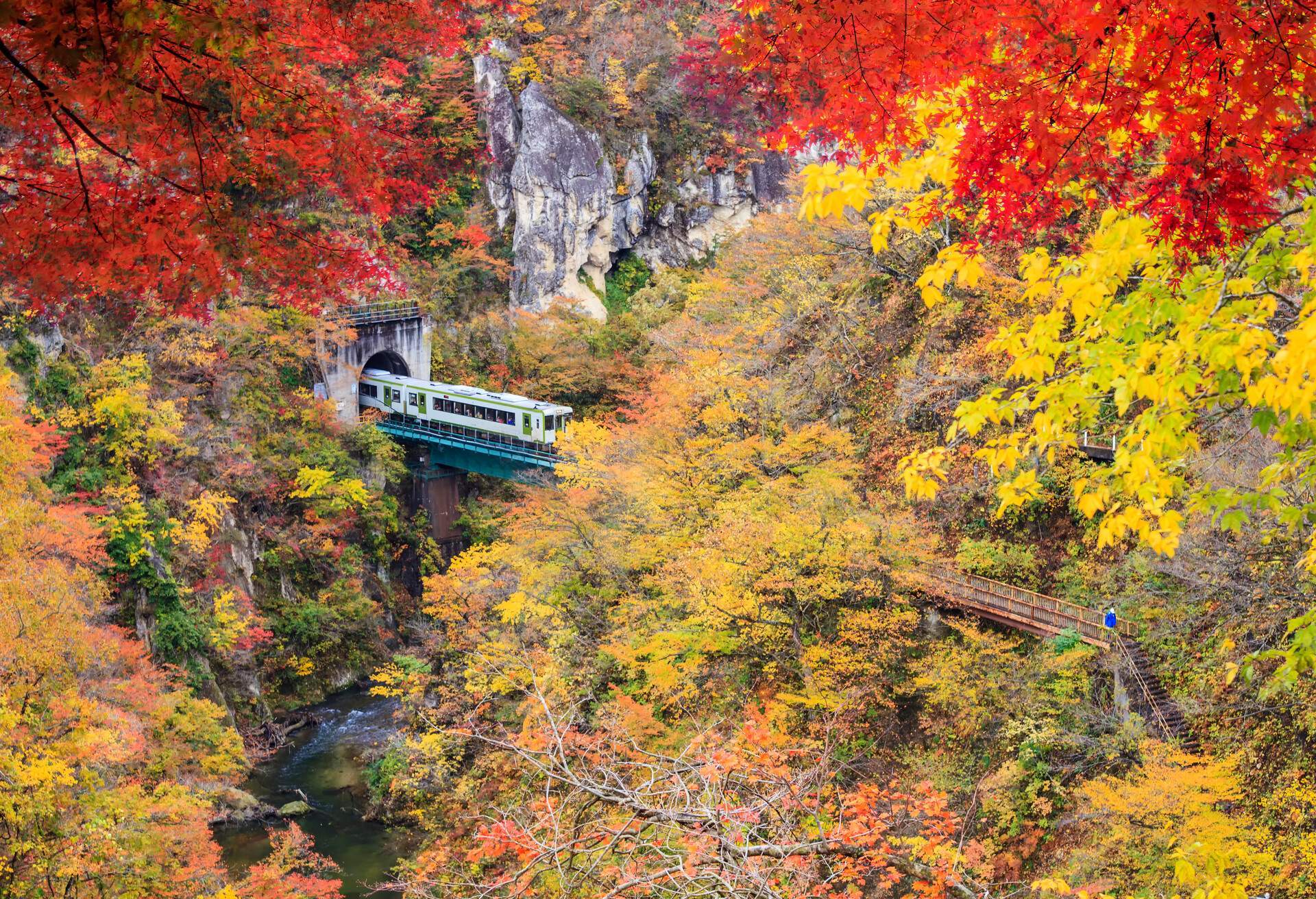
Japan is renowned around the world for its efficient, high-speed railway network. Many of the country’s major cities are very walkable, with a greater emphasis on pedestrian walkways than roads for cars. While some parts of the country, particularly further north, are best explored with a car, Japan’s public transportation system makes it easy to get around major cities and travel between them.
Bullet trains or Shinkansen
Japan is famous for its Shinkansen (bullet train) with the original high-speed train, introduced in 1964, traveling up to 130 mph. Today, Shinkansen can travel up to 200 mph and take travelers from Tokyo to Osaka in about 2 hours and 30 minutes. Shinkansen run frequently and are known for being exceedingly punctual, with average delay times in 2019 of only 12 seconds.
Bullet trains are super-fast and convenient, but that does come at a relatively high price, so visitors to Japan should look into the Japan Rail Pass. This offers 7, 14, and 21-day passes for a single price that may be cheaper than buying multiple tickets.
Eating on public transport and Ekiben
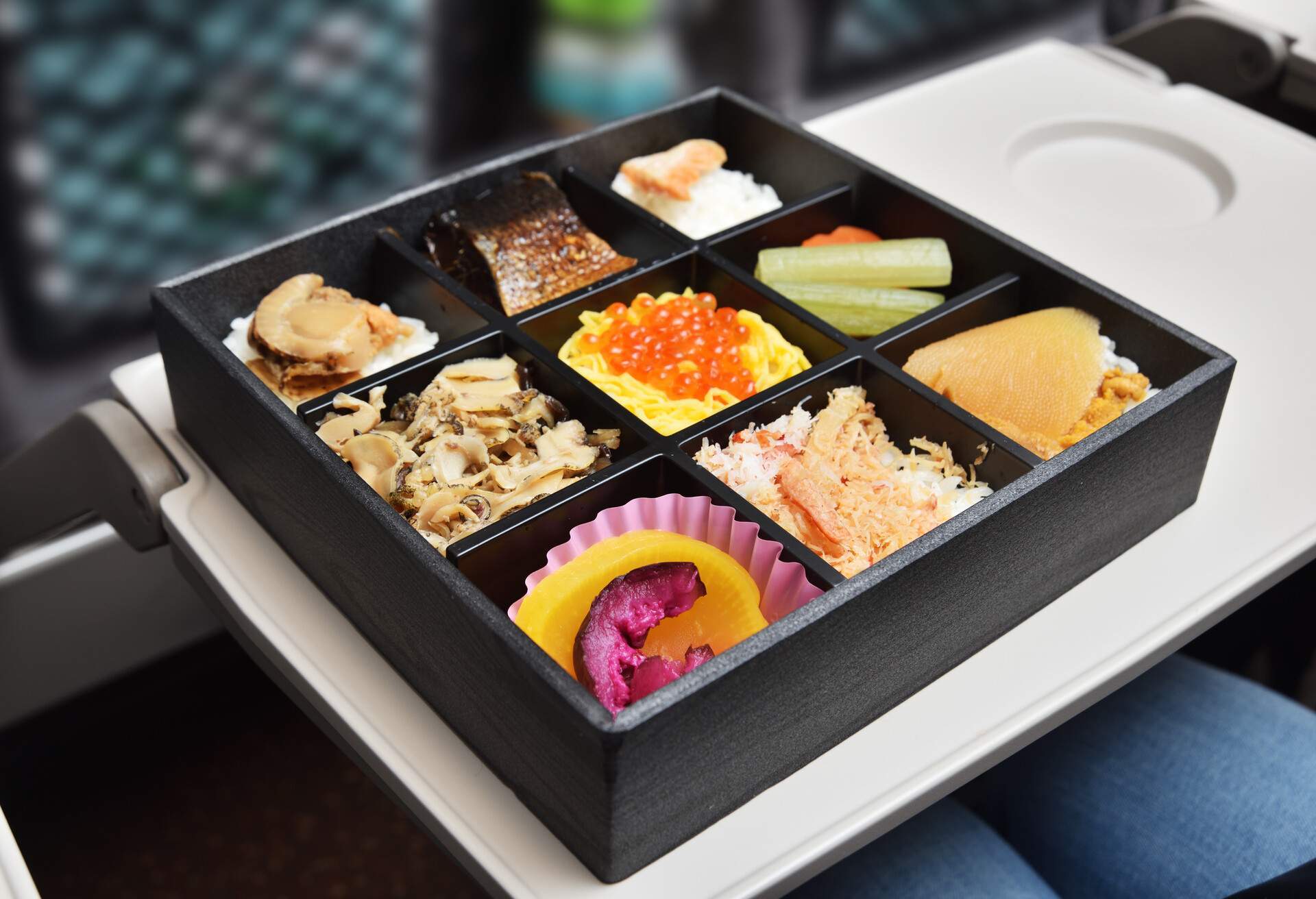
Though not outright banned, eating on public transport is generally frowned upon in Japan. The main exception is on Shinkansen because they are usually long-distance journeys with no way to stop for food. In fact, Japanese railway stations will often sell ekiben: bento boxes specifically made to be brought on board Shinkansen (some are even stored in containers shaped like Shinkansen!). They usually come with disposable chopsticks or spoons and often consist of local specialties with rice, meat and vegetables.
The few remaining sleeper trains
With the rise of Shinkansen, which can take travelers where they need to go in just a few hours, overnight long-haul sleeper trains have slowly fallen out of favour in Japan. The two main remaining sleeper trains are the Sunrise Seto and the Sunrise Izumo.
They travel from Tokyo to Takamatsu and Izumo, respectively and are actually the same train up until Okayama, when they split into two seven-car trains. On the return journey, the trains reconnect in Okayama and also stop in the major city of Osaka on the way back to Tokyo.
Shinjuku Station is one of the busiest stations in the world
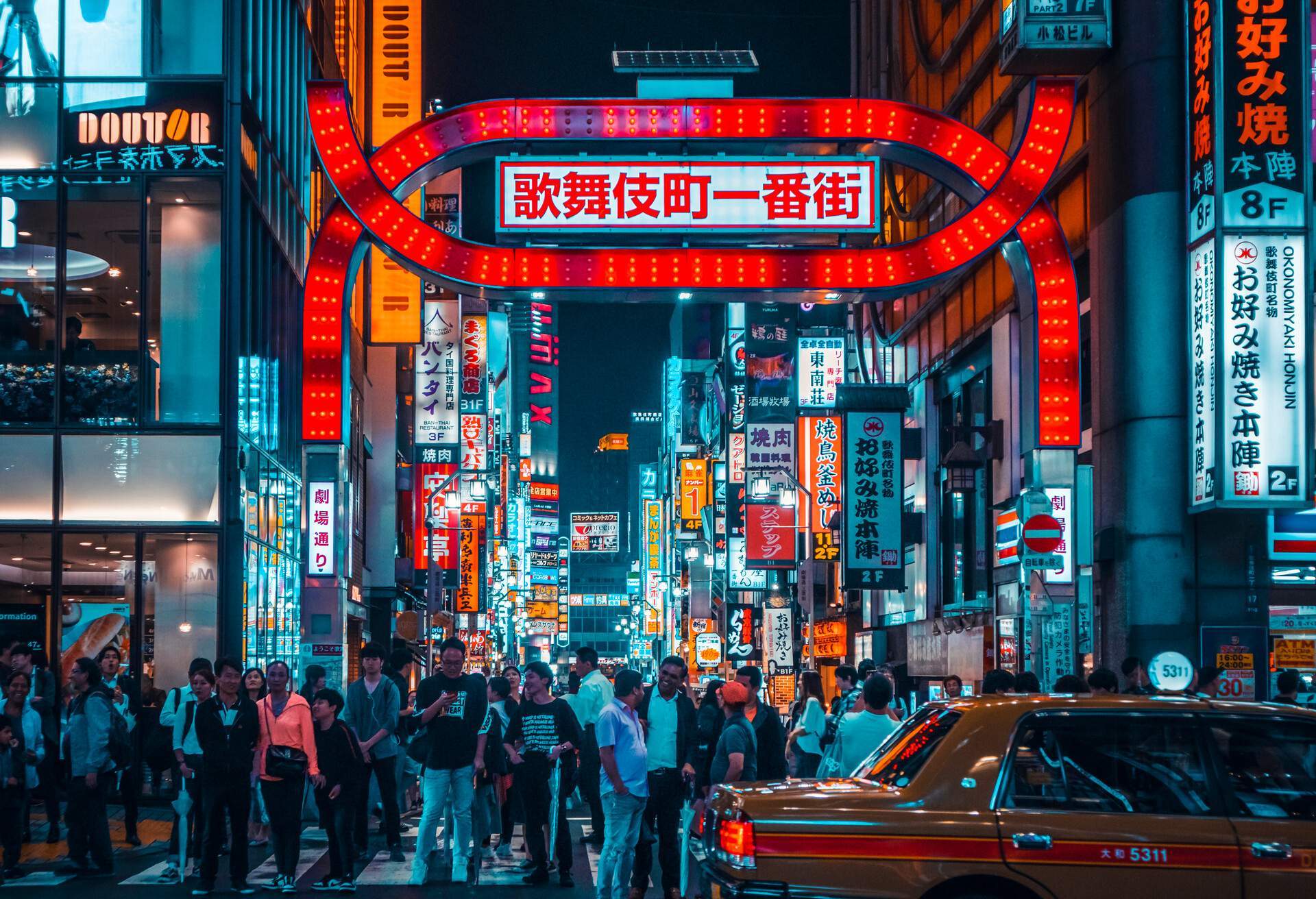
First opened in 1885, Shinjuku Station in Tokyo has seen averages of roughly three million visitors each day, making it one of the busiest train stations in the world. Unfortunately, it’s notorious among travelers for being easy to get lost in, so much so that the East Japan Railway Company released an app specifically to help people get around the station in 2016. Still, getting lost in Shinjuku is something of a rite of passage for first-time visitors to Tokyo . Shinjuku sees intercity trains, commuter rail and metro lines pass through its ten platforms and 20 tracks.

